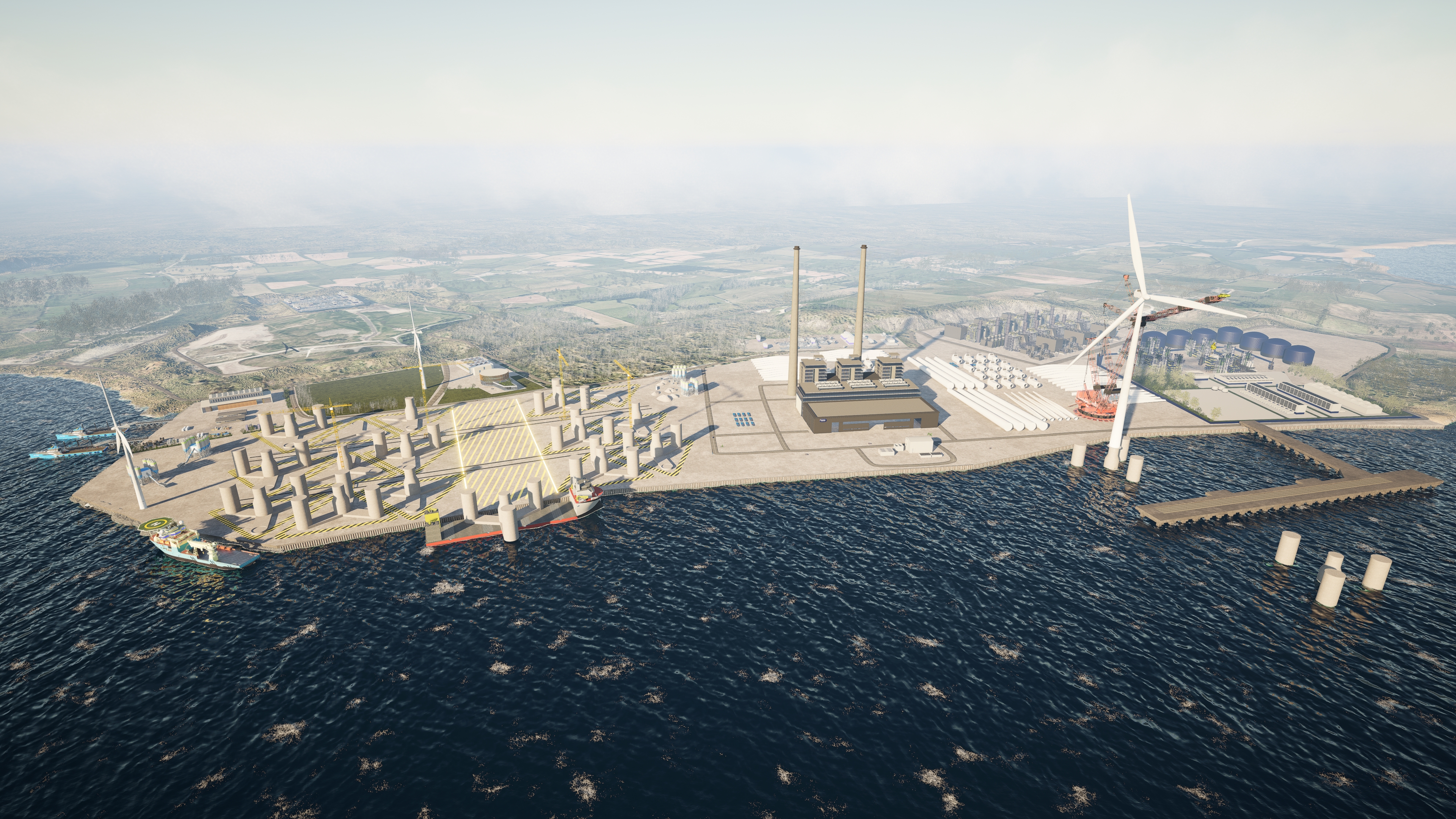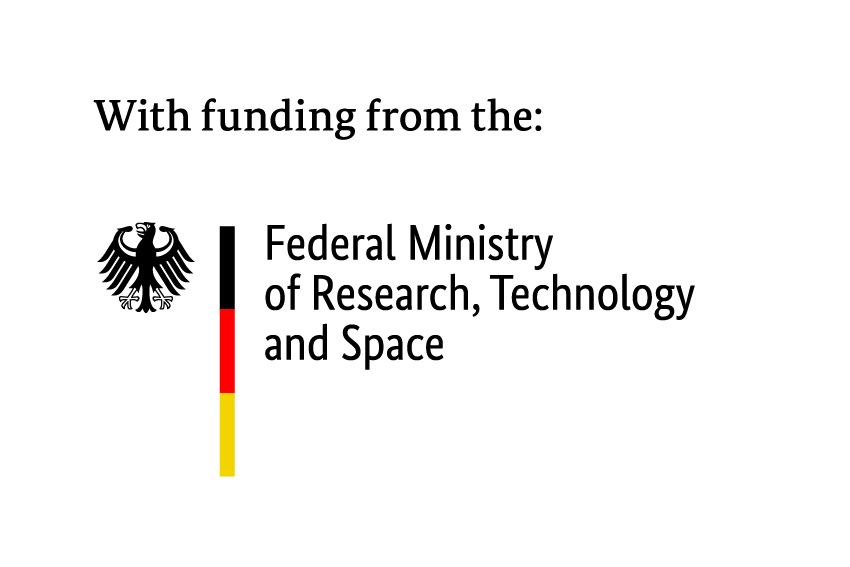| Duration: | 11/2024 - 10/2025 |
| Contracting Authority/ Sponsors: |
|
| Project Partners: |
Associated partners:
|
| Project Focus: |
HYreland – Cost Analysis of large-scale Production of Green Hydrogen and Synthesis Products in Ireland and their Export to Germany
The "HYreland" project investigates the technological, economic, and environmental potential for the production of green hydrogen and its synthesis products in Ireland, taking into account their transport to Germany. The project partners analyze two sites for their economic feasibility and cost reduction potential. In addition, Ireland will be compared with other hydrogen producing countries. The project also examines the greenhouse gas efficiency of the hydrogen supply chains and assesses the suitability of the analyzed products according to the Renewable Energy Directive (RED) of the European Union.


Initial Situation:
Ireland could soon be known not only for its green landscapes but also for the production of green energy carriers. With its excellent wind potential, both onshore and offshore, Ireland can become an important player in the production of green hydrogen and its derivatives such as ammonia and synthetic kerosene (Power-to-X, PtX). Its proximity to mainland Europe also makes it a promising candidate for the large-scale export of green energy carriers to Germany. The relevant offshore and onshore wind development plans support these objectives by identifying huge potential for fixed and floating offshore wind and setting a target of over 35 GWel of installed wind capacity in Ireland by 2045. In its National Hydrogen Strategy, Ireland underlines the importance of the offshore wind sector by setting a development target of 2 GW of offshore capacity for green hydrogen production by 2030.
Project Goal:
The "HYreland" project assesses the technological, economic, and environmental potential for green hydrogen and synthesis products in Ireland, as well as their export. We determine whether identified sites are suitable for an economical green PtX production, which innovative systems offer further cost reduction potential, and how Ireland compares to other potential hydrogen producers. The analysis includes the evaluation of liquid hydrogen, ammonia, methanol, dimethyl ether (DME), and Fischer-Tropsch (FT) products such as e-kerosene.
Implementation:
Fraunhofer ISE is leading the project, which is carried out in three phases.
- First, a specially developed and validated GIS methodology is used to identify the most suitable sites for renewable energy and Power-to-X hubs across Ireland.
- Two sites preselected by ESB, Aghada in Cork and Moneypoint in Clare, will then be subjected to a detailed techno-economic analysis using the “H2ProSim” toolbox developed at Fraunhofer ISE over the last 10 years. In addition to the local generation costs, the transportation and delivery costs to Rotterdam (NL), Duisburg (DE) and Stade (DE) by ship or pipeline are calculated.
- Further scenarios are considered that include particularly innovative approaches for cost reductions in the analyses. For the German end consumer side in Duisburg and Stade, the formation of local “hydrogen regions” is also modeled and their development potential is discussed.
In addition to the economic aspects, we also investigate the ecological aspects of such supply chains using prospective life cycle assessments and include them in the evaluations. The research work is complemented by a holistic energy system analysis for Ireland and the potential of an Irish hydrogen market at the International Energy Research Centre (IERC).

The “HYreland” project is sponsored by the Federal Ministry of Research, Technology and Space (BMFTR).
